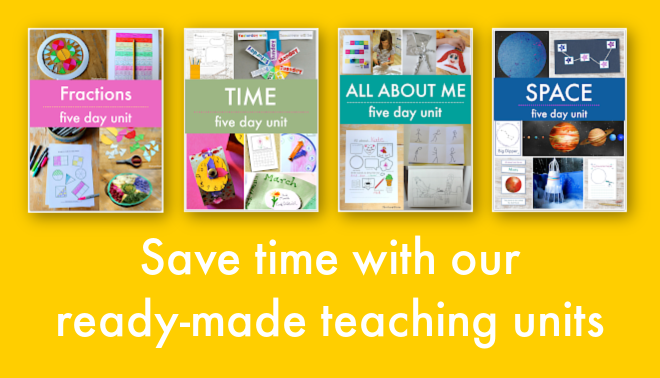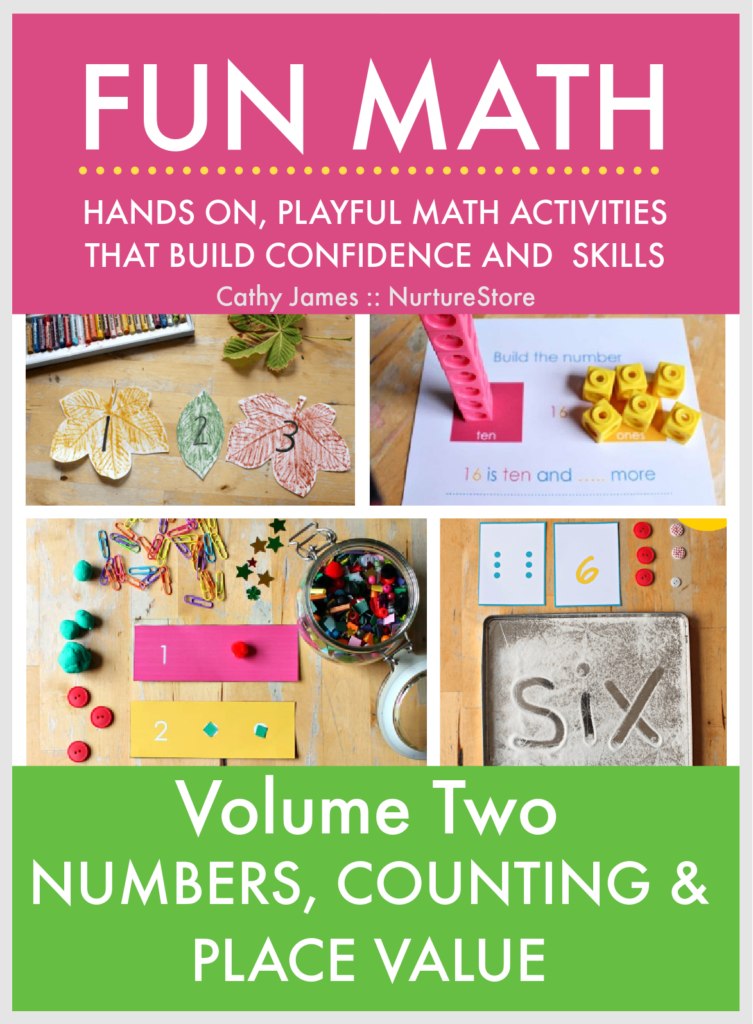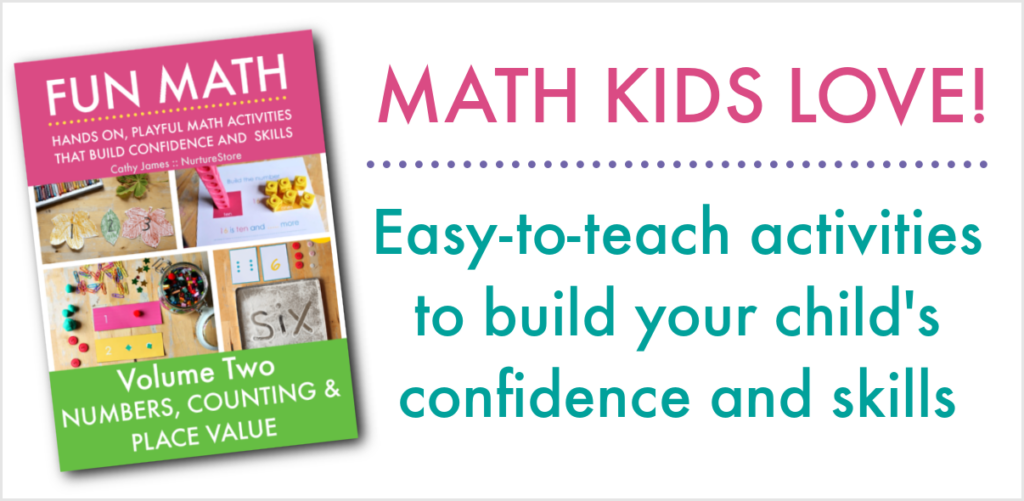A math discovery center is a fantastic addition to every classroom. Let’s talk about how to set one up for your children and all the items you can include in your math center, to suit whichever topic you are learning about.
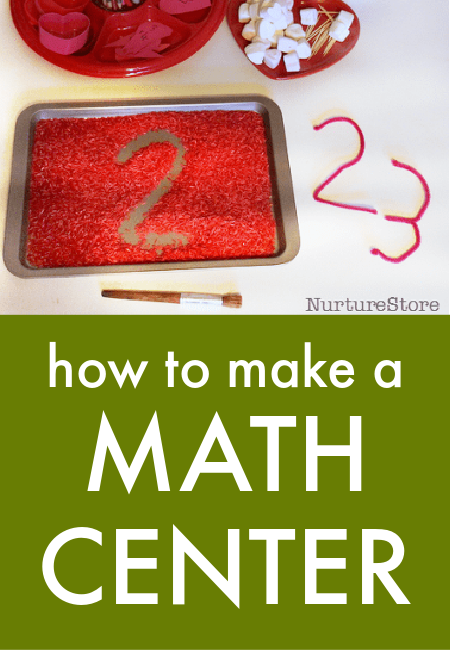
How to use math center’s in your classroom
Watch our Guide to How to Use Math Discovery Centers
Click play on the video above to see our guide to how to use math centers. They are great tools for teaching math to children in a hands-on way and help children learn math skills through play, discovery and practice.
Learn how to make a discovery centre, including themed math centers for numbers, volume, weight, time, measurement and more. Get tips for classroom management and how to use centers in your classroom or homeschool. Plus learn how to get great math printables for your children to go in your math centers.
Subscribe to NurtureStore’s YouTube channel to get more teaching tips videos!
Adding a math center to your classroom or home education space brings many benefits. You can theme the center to any topic of your choice and fill it with relevant items for your children to explore.
While they are spending time in the centre they are able to learn about your chosen topic more widely; consolidate what they already know; and think up ideas, questions, and experiments that they would like to pursue to earn more.
You can use this guide to math discovery centers, taken from our Fun Math curriculum, to find out how to easily set one up and get lots of ideas for things to include in a math center.
What is a discovery center?
A math discovery center is an invitation to play with math equipment and concepts in an open-ended way.
A discovery center is similar to a nature table, often set up on a table or shelf with materials gathered together and available for children to explore.
The aim of a discovery center is to spark mathematical curiosity, exploration, and thinking.
A discovery center can focus on math in general or is often themed around a topic, such as Numbers, Volume or Symmetry.
Items that might be available to children in the centre include number lines, scales, counting cards, loose parts, rulers, calculators, pens and pencils, fiction and non-fiction books, posters and photographs.
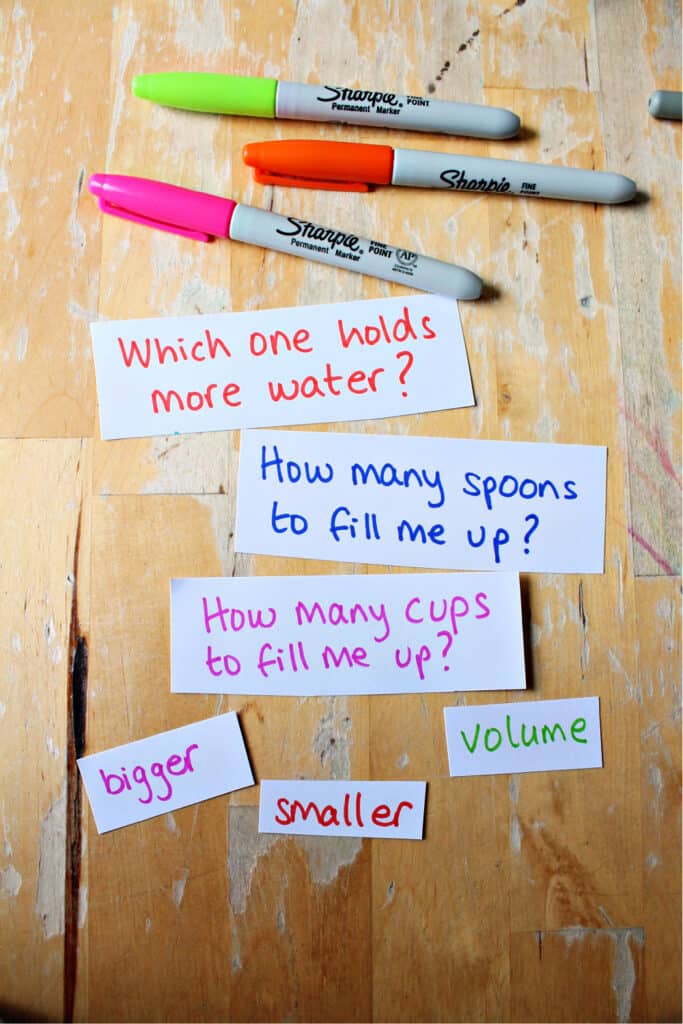
Question prompts for discovery centers
Adding written question prompts to your discovery center gives children an introduction to what they might explore. It’s a starting point that invites them to engage with the materials available.
As it is written down, it helps to create a print-rich environment what encourages reading.
You can add paper and pencils so they can begin to write their own questions down, to answer themselves or as talking points for other children.
You will likely find they come into class excited to see what this week’s discovery center is all about and what today’s question is.
Question prompts you can add to your discover centre include:
:: What do you know about….?
:: What can you find out about …?
:: Can you make a repeating pattern?
:: What can you count?
:: What can you measure?
How to use a discover centre
Time in a discovery center is not intended to be a specific adult-led lesson but rather time to play with the materials and concepts.
You might have the discovery center continuously available for children to visit or allocate them specific time to go and explore.
Children can spend time in the center alone, in pairs or in small groups. Playing in the center with others is a great opportunity for children to share their knowledge, answer each other’s questions, and develop language and new vocabulary.
Following time spent in the discovery center you can gather everyone together, perhaps at circle time, to talk about what children have been doing, seeing, noticing, and thinking about.
Ask them what they did in the centre and what they would like to do next.
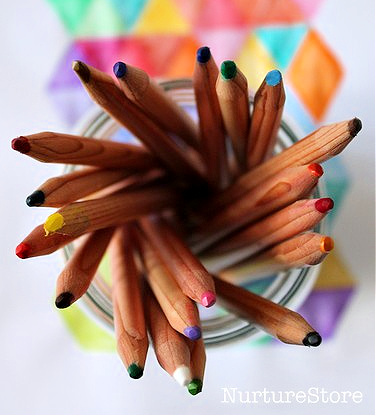
What to include in a discovery centre
Any discovery center, on any theme, benefits from the following materials:
:: Writing materials
:: Question prompts (see above for suggestions)
:: A poster/ chart for children to write down what they already know and what they want to learn
:: Information and fiction books about the topic
:: Relevant posters and photographs, illustrating the topic
:: A variety of loose parts and equipment to match the theme of the centre
There is a wide variety of printables included with our Fun Math series that make excellent resources for our discovery centres.
You can pull together a discovery centre from items you already have and ask for donations from family and friends.
Here are some suggestions that illustrate what you might include in a variety of themed math discovery centres, which can accompany the different topics covered in the volumes of our Fun Math series. You don’t need to have them all, and you can adapt them based on your children’s interests and what you have available.
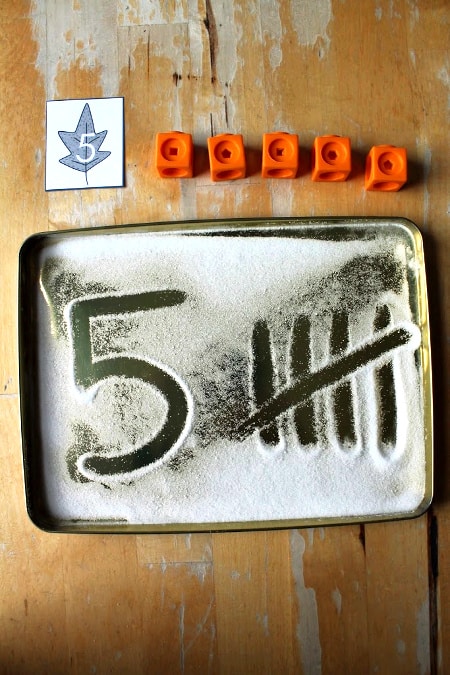
What to put in a numbers discovery centre
To set up a numbers discovery center you could include the following:
:: Printed digits in a variety of media (including the number cards from the Fun Math printables)
:: Sticks to make tallies
:: Sensory writing tray with number cards alongside
:: Dice
:: Loose parts to count: unit blocks, paperclips, buttons, stickers
:: Ten frames (included in the Fun Math printables you’ll receive with the curriculum)
:: Hundred Squares (included in the Fun Math printables you’ll receive with the curriculum)
:: Question prompts
:: Number line
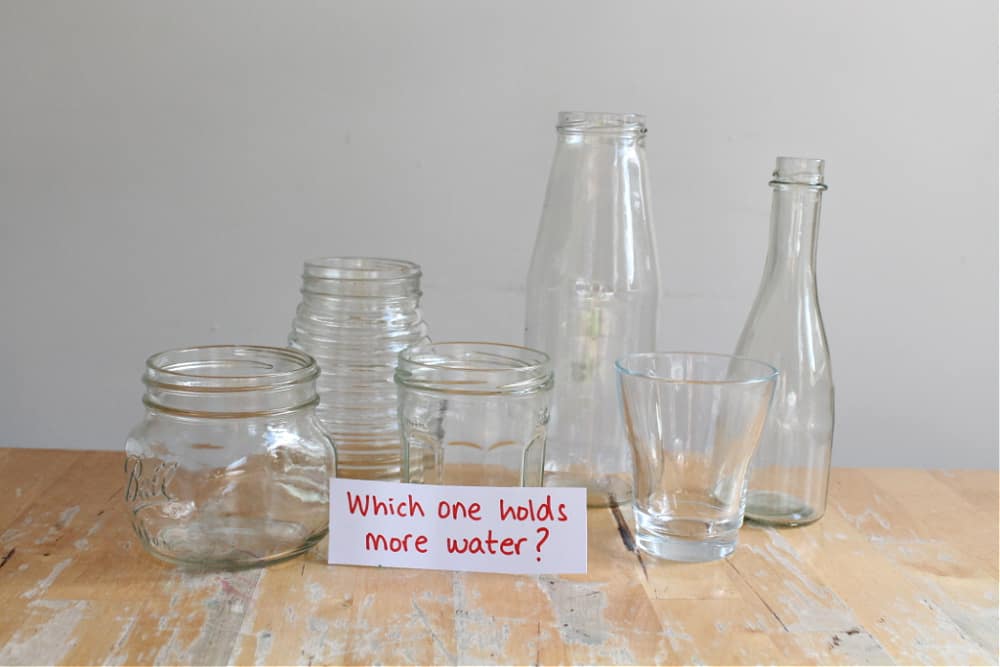
What to put in a volume discovery centre
In a volume discovery center, alongside the core items listed above you could also include:
:: Sand / water tray
:: Containers in different shapes and sizes
:: Jugs, spoons, cups

What to put in a weight/mass discovery centre
To explore weight or mass you can use these materials in your discovery centre:
:: Balance scales
:: Manual kitchen scale
:: Digital kitchen scale
:: Bathroom scale
:: Items to weigh in different shapes and sizes
:: Sensory materials to play with on the scales: dried pasta, rice, sand
:: Recipe cards to read about weights (included in the Fun Math printables you’ll receive with the curriculum)
:: Pictures of things to sort by weight order (e.g. mouse, dog, cow, elephant, blue whale)
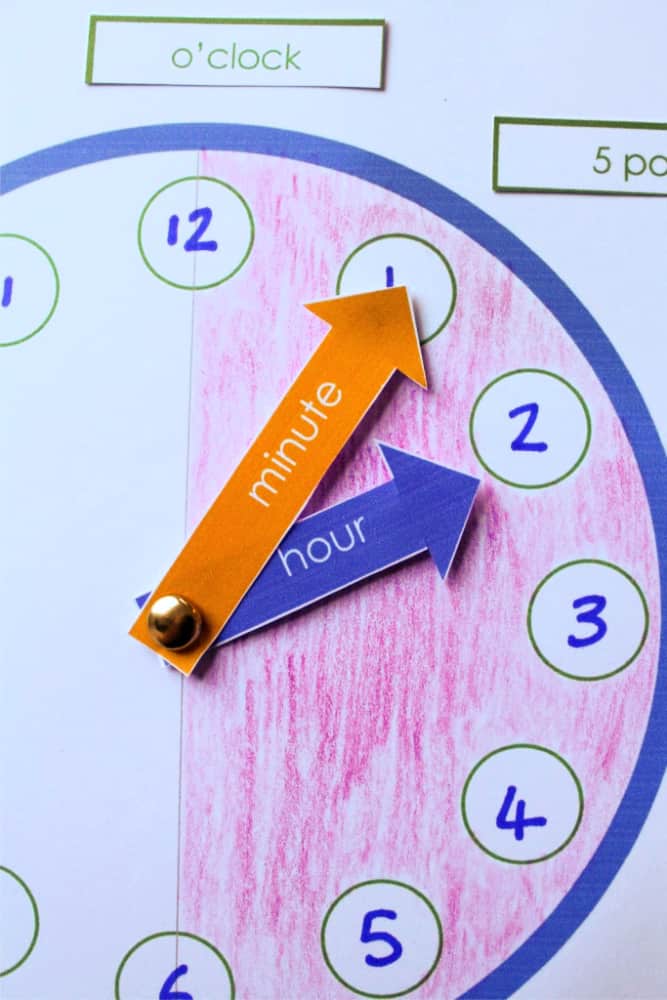
What to put in a time discovery centre
Learn about the topic of time using these resources:
:: Digital and analogue clocks and watches
:: Agendas, planners, calendars
:: (Pictures of) a sundial
:: Stopwatch
:: Pictures of night and day activities (owls, bats, stars, bedtime, PJs, sunshine….)
:: Pictures of seasonal / festival activities (sledging, sandcastles, outdoor picnics, Christmas cards, Halloween masks)
:: Pictures of fast / slow-moving things or animals (race car, candle burning, tortoise, hare, sloth, cheetah)
:: Samples of clothing for summer and winter
:: A family tree
:: Bus timetable
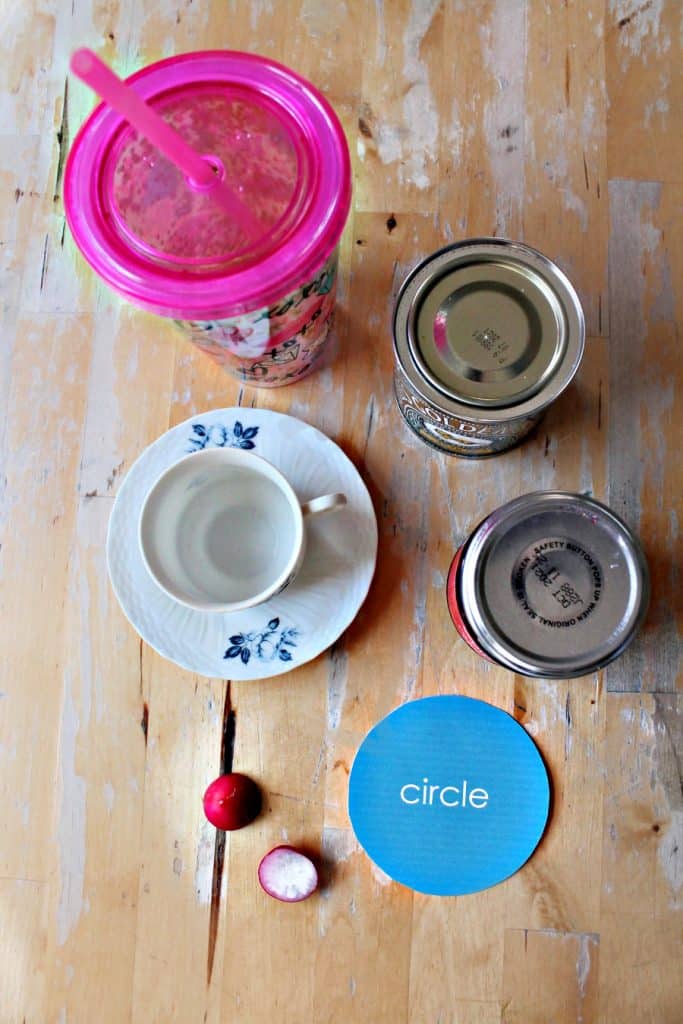
What to put in a shape discovery centre
A shape discovery center can be kitted out with:
:: Packaging boxes in various shapes (Pringles tube, Toblerone box, rectangular/square boxes in a variety of sizes…)
:: Shape cards (included in the Fun Math printables you’ll receive with the curriculum)
:: Cookie cutters in a variety of sizes
:: Loose parts in a variety of shapes, such as wooden blocks and counters
:: Jigsaw puzzles
:: Pictures of shapes in nature
:: Famous art based on shapes
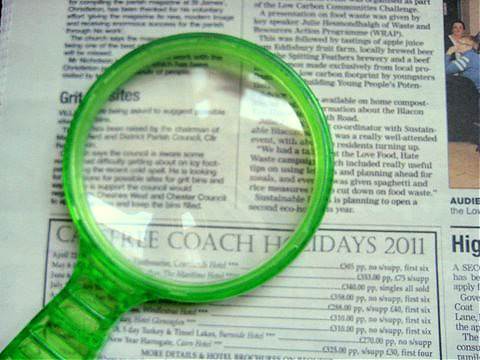
What to put in a size discovery centre
To learn about size you can make a size discovery center featuring:
:: Loose parts in a variety of sizes, for example a set of circle cookie cutters from small to large
:: Tape measures and rulers
:: A magnifying glass
:: Maps with different scales
:: Pictures of microscopic things
:: Pictures of the Solar System planets
:: Russian dolls
:: Pictures of animals to sort from small to large

More ideas for discovery centres
In our Fun Math Volume One: Core Ativities you will find more ideas for discovery centres, including ideas for what to include in:
:: a Maps discover centre
:: a Temperature discovery centre
:: and a Money discovery centre
Plus, our Fun Math curriculum gives you a wealth of ideas for activities and bonus printables for all the ket mathematical areas, making it even easier for you to set up a variety of discovery centres for your children to explore.
Transform your teaching with Fun Math
The Fun Math series gives you a math curriculum that is easy to teach and highly effective.
Children love these lessons because they are engaging and fun.
You’ll have a clear set of ready-made math lessons and activities that are simple to lead using our step-by-step lesson guides, and which children really understand.
Be the best math teacher and boost your children’s confidence and skills with Fun Math.
See more and transform your teaching here.



